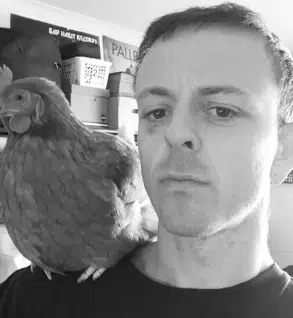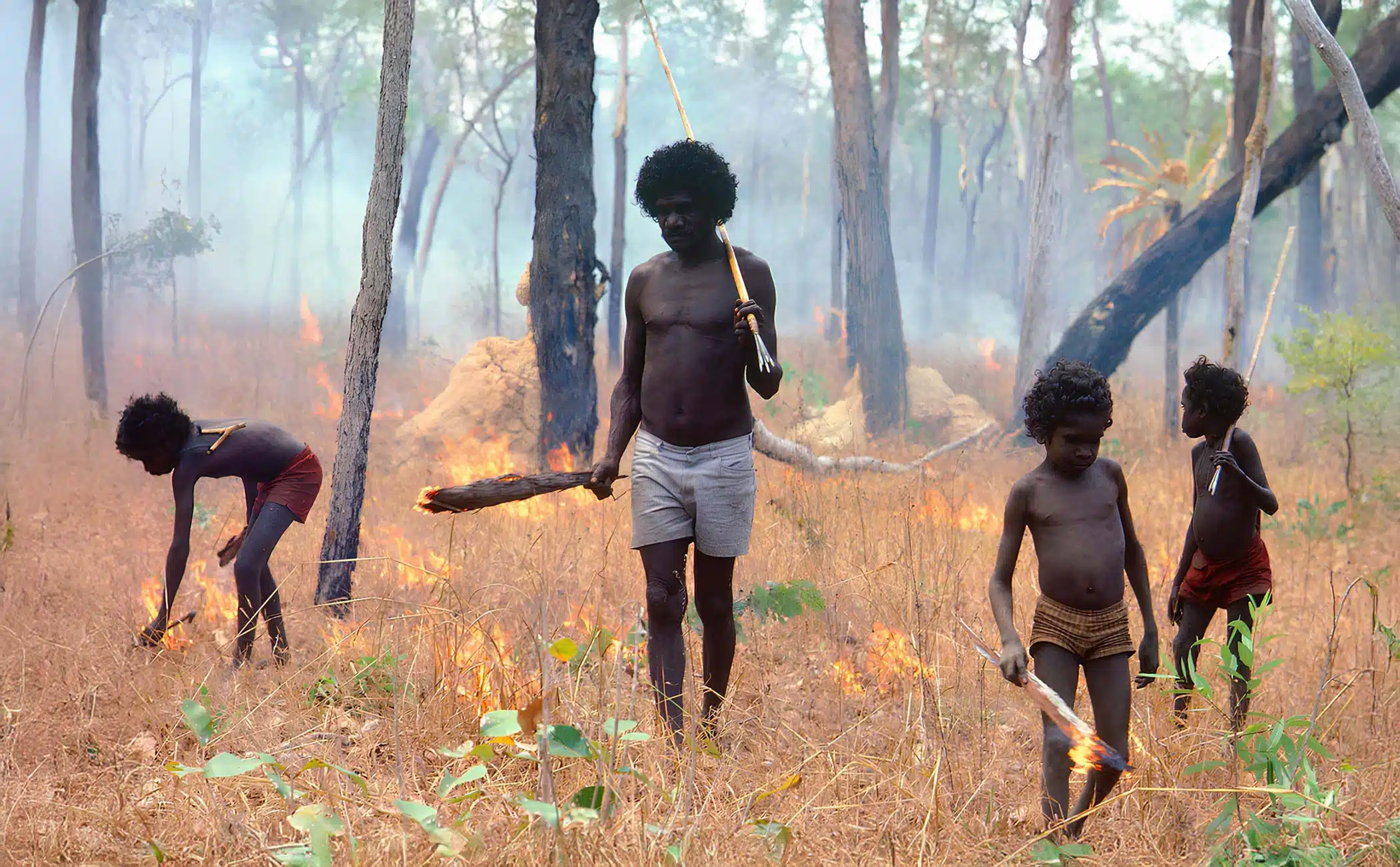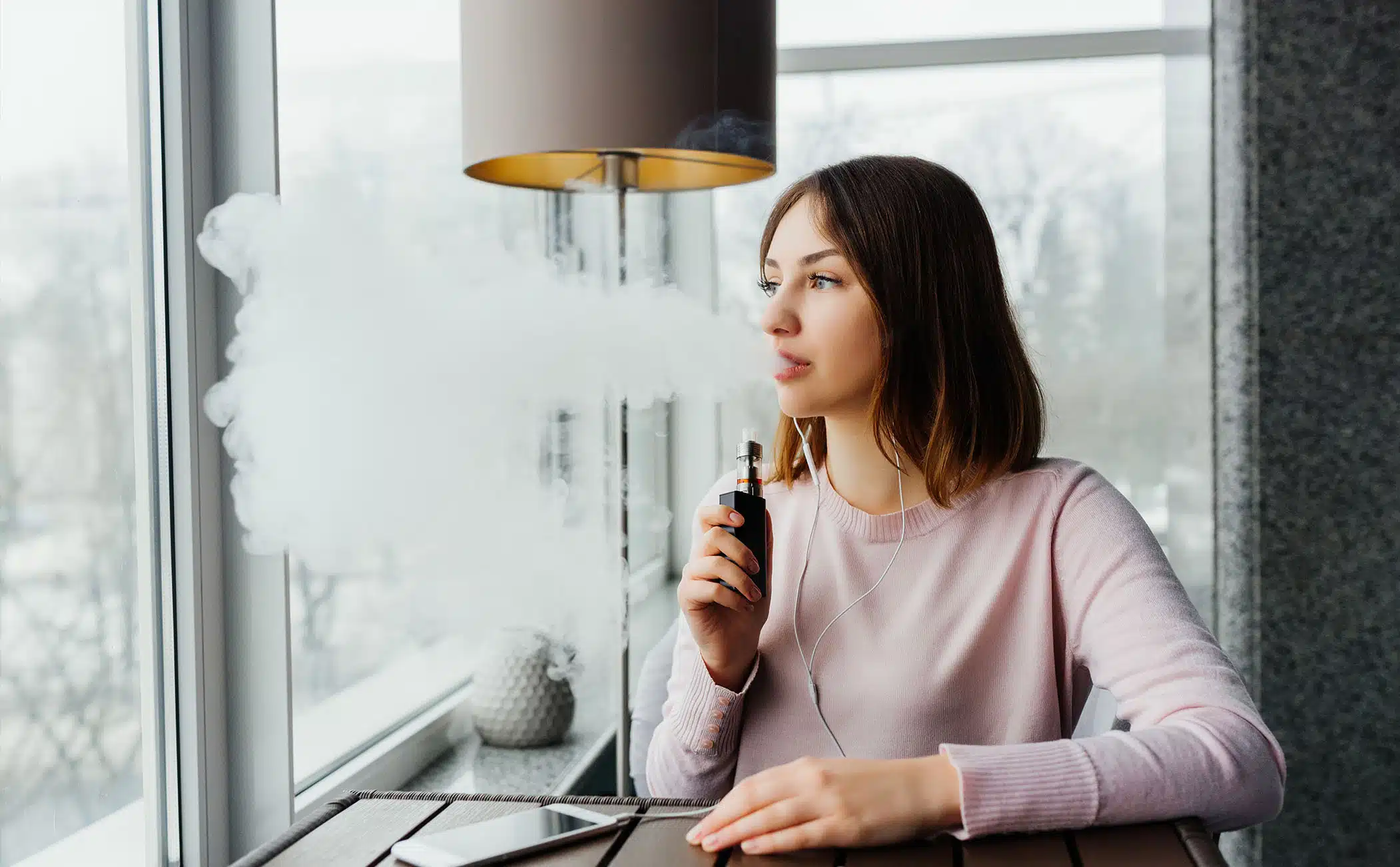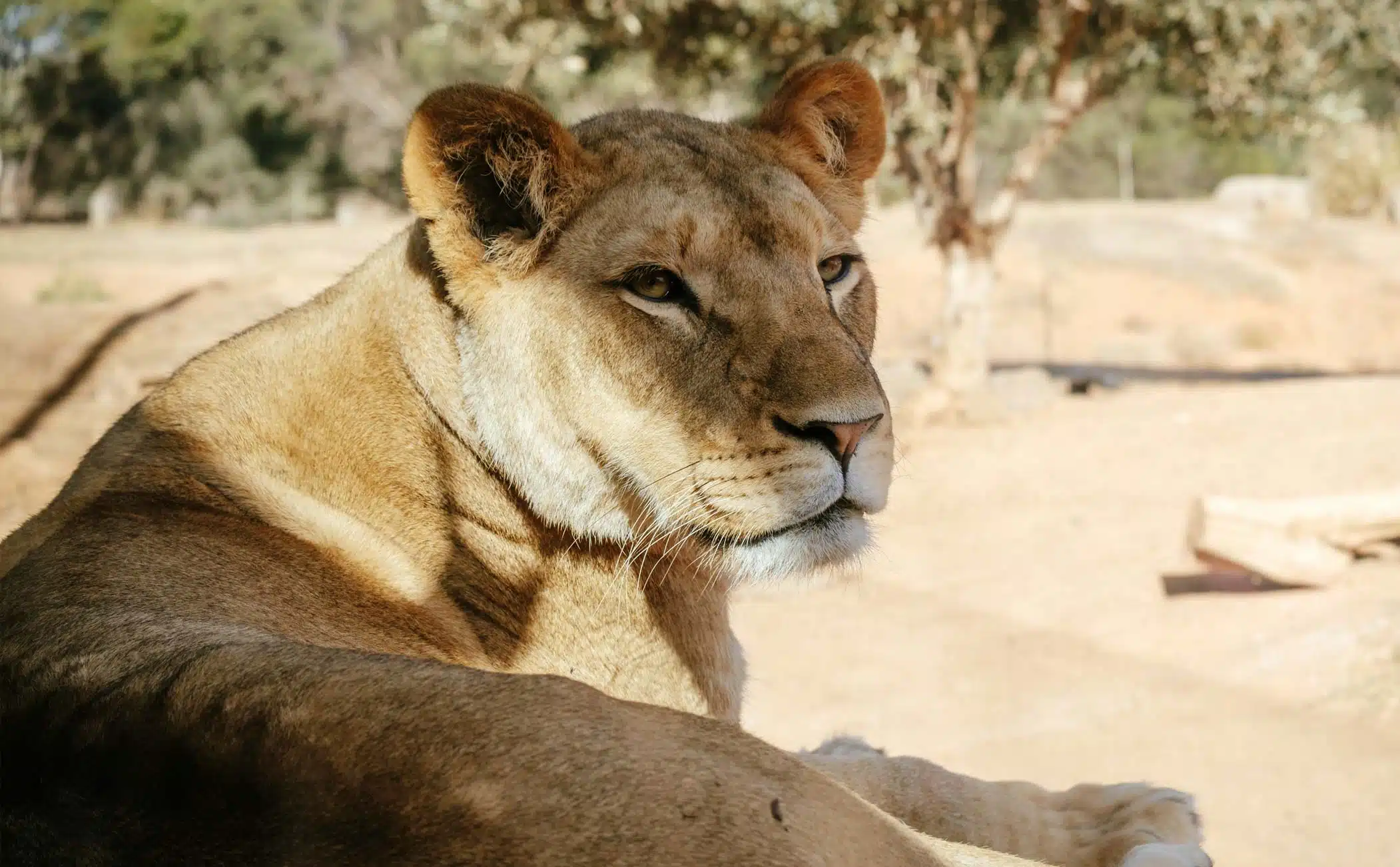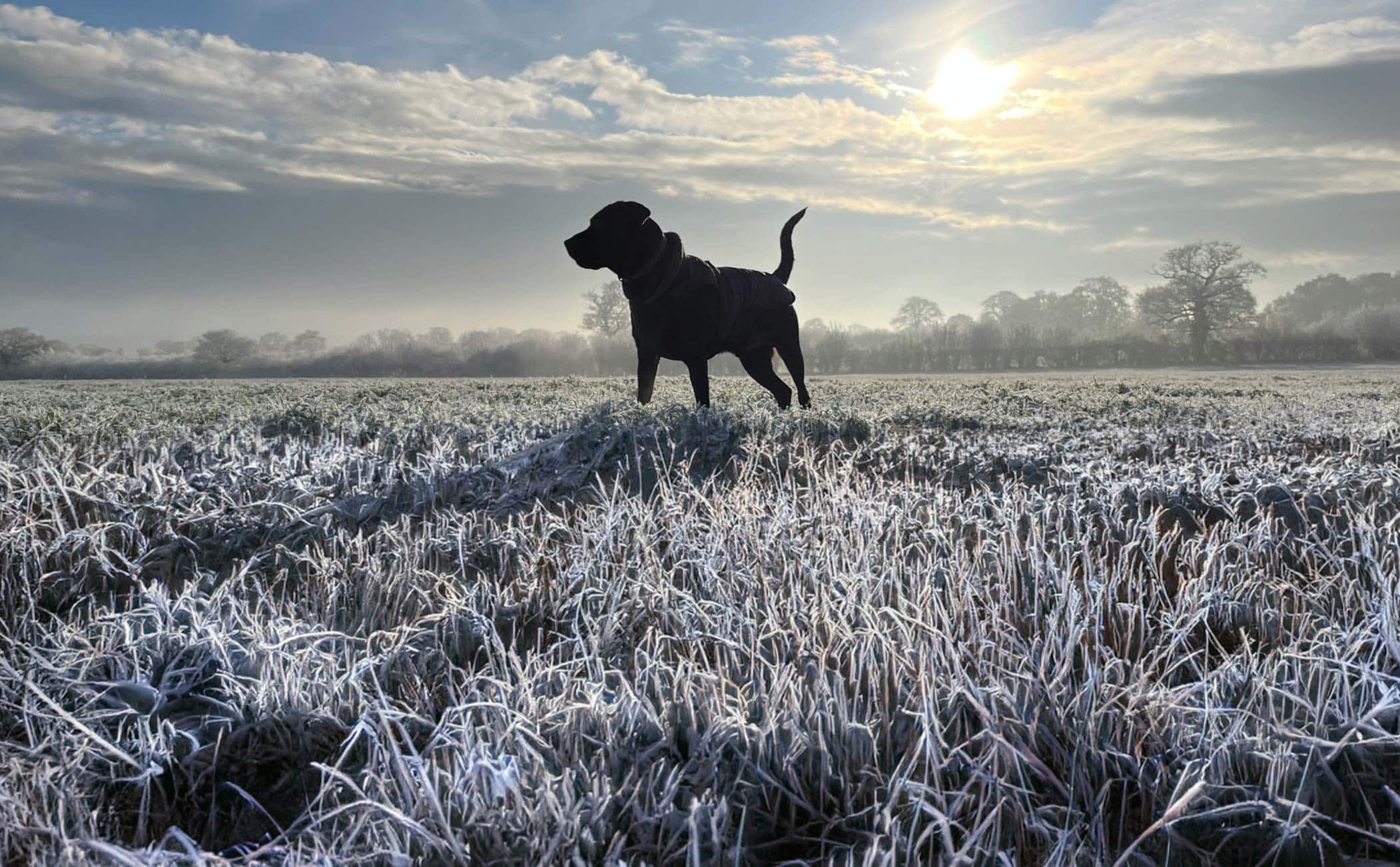The humble sleeping bag is a staple for any outdoor adventure—especially for Aussies, who love nothing more than hitting the bush, pitching a tent, and enjoying the great outdoors. But with so many sleeping bags and brands on offer, it can be tricky figuring out which one is right for you. To make your next trip a breeze, we’ve pulled together the key things to look for, plus our top picks for 2025.
Quick Comparison Table
| Product | Insulation | Temp Rating | Weight | Price (AUD) |
|---|---|---|---|---|
| Sea to Summit Treeline TL1 | Down | −3 °C | 900g | $429 |
| Coleman Big Game | Synthetic | 0 °C | 2.4kg | $199 |
| Darche Cold Mountain | Synthetic | −12 °C | 2.8kg | $249 |
| NEMO Kayu 15 | Down | −9 °C | 1.1kg | $599 |
| Sea to Summit Trek TK3 | Down | −10 °C | 1.3kg | $629 |
Down vs Synthetic—What’s Right for You?
Choosing between down and synthetic sleeping bags largely comes down to your priorities and the conditions you’ll be camping in. Down bags are incredibly warm, lightweight, and pack down small—ideal for hikers and backpackers—but they’re pricey and don’t perform well when wet. Synthetic bags, by contrast, are bulkier but more affordable and still keep you warm in damp conditions. If you’re camping in unpredictable Aussie weather or on a tighter budget, synthetic may be the smarter choice.
How to Choose the Right Temperature Rating
Not all sleeping bags are created equal when it comes to warmth. Ratings are standardised under the ISO 23537-1:2022 system, which breaks temperatures into three zones:
Comfort – the lowest temperature at which the average person sleeps comfortably.
Lower limit – the coldest temperature for a standard male to sleep for 8 hours curled up.
Extreme – survival-only rating; not recommended for regular use.
In Australia, a summer trip up the coast might only need a comfort rating of 5–10 °C, while camping in the High Country or Tassie in winter calls for a bag rated 0 °C or colder.
Bag Shapes & Fit
Sleeping bags come in various shapes to suit different comfort levels and warmth needs. Mummy bags are tapered to retain heat and are best in cold conditions, while rectangular bags are great for warmer weather and anyone who likes to stretch out. Barrel-shaped bags offer a middle ground—more spacious than mummy styles but still fairly heat-efficient. For couples, double sleeping bags add a bit of coziness (though at the cost of warmth), and ultralight adventurers might opt for an elephant’s foot style for reduced weight and space.
Key Features to Look For
When comparing bags, a few features can really elevate your experience. Look for draft tubes and collars that seal out cold air, adjustable hoods for extra warmth, and water-resistant outer shells that add durability. Compression sacks are vital for bushwalkers who need to save space, and stash pockets, two-way zippers, and tailored sizing can all make your sleep setup more convenient and comfortable.
Top Picks & Use Cases
Ultralight Hiking
For serious trekkers chasing minimal weight without sacrificing warmth:
Sea to Summit Treeline TL1 – Compact, −3 °C rating, and down-filled for superior packability.
NEMO Kayu 15 – Lightweight, ideal for alpine and winter conditions with down fill and an ergonomic shape.
Budget/Car Camping
More casual trips and car-based campsites can handle a bit of bulk:
Coleman Big Game – Roomy, durable and perfect for mild climates.
OZtrail Kingsford – Affordable rectangular bag that’s ideal for family holidays or school camps.
Cold Weather Adventures
If you’re braving sub-zero temps, you’ll want something tough:
Darche Cold Mountain – Built for rugged use and serious cold.
Sea to Summit Trek TK3 – High-end down insulation, durable and designed for alpine adventures.
Kids’ Bags
Fun, safe, and practical options for young explorers:
Coleman Illumi-Bug – A colourful, child-sized sleeping bag with solid insulation and easy zip access.
Where to Buy Sleeping Bags in Australia
Anaconda
Whether you’re just starting out or upgrading your gear, Anaconda has it all. The Spinifex Drifter ($49.99) is a great budget pick for moderate conditions, while premium options are available for more experienced campers.
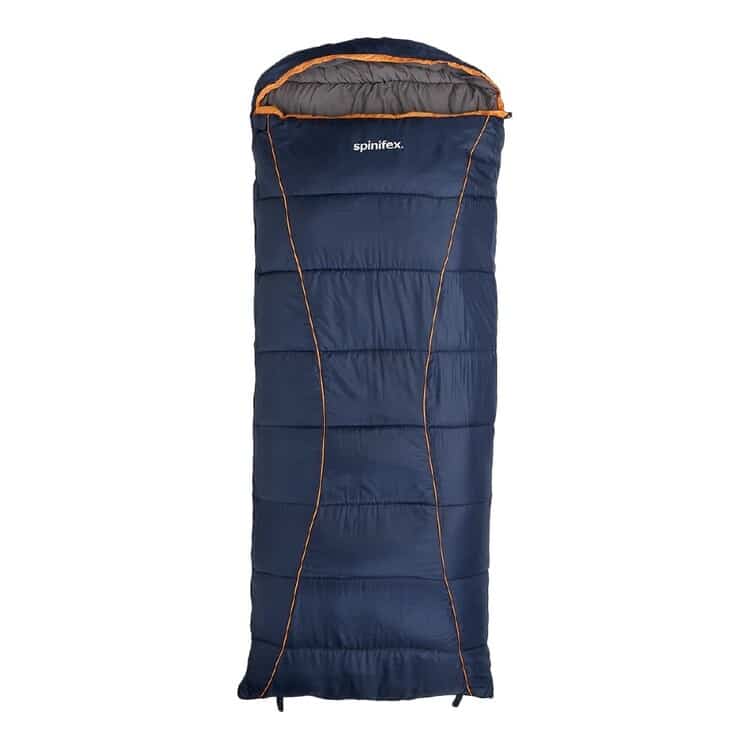
Kathmandu
Renowned for quality and durability, Kathmandu is a favourite among seasoned outdoor enthusiasts. The Seeker 5 Sleeping Bag ($349.98) is a premium mummy bag with an adjustable hood and stash pockets—perfect for colder trips.

Big W
You don’t have to shop at a specialty store to get a decent sleeping bag. Big W’s Caribee Double Sleeping Bag – Firestone ($139) is a steal, especially for couples or casual campers. It’s rated to 0 °C and even includes built-in pillows.
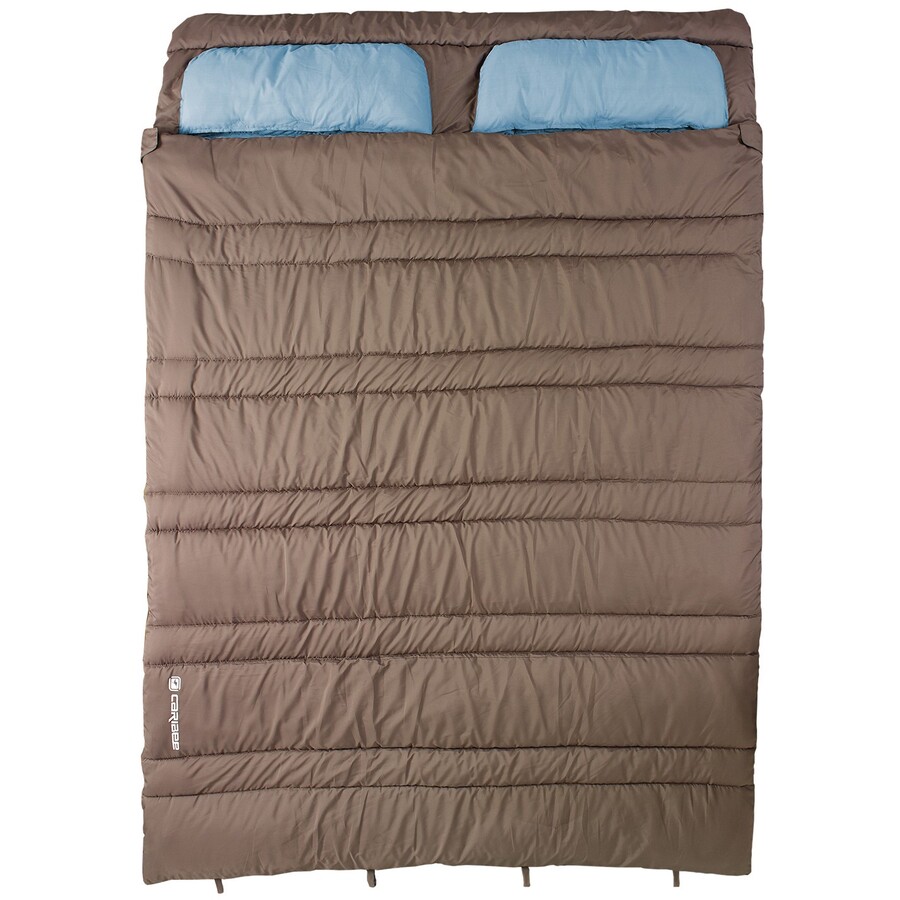
Sea to Summit
Aussie-made and globally respected, Sea to Summit sleeping bags are designed for those heading into extreme environments. The Alpine II (−20 °C, $1,099) and Alpine III (−40 °C, $1,449) are built for true winter expeditions and pack down remarkably small for their insulation power.
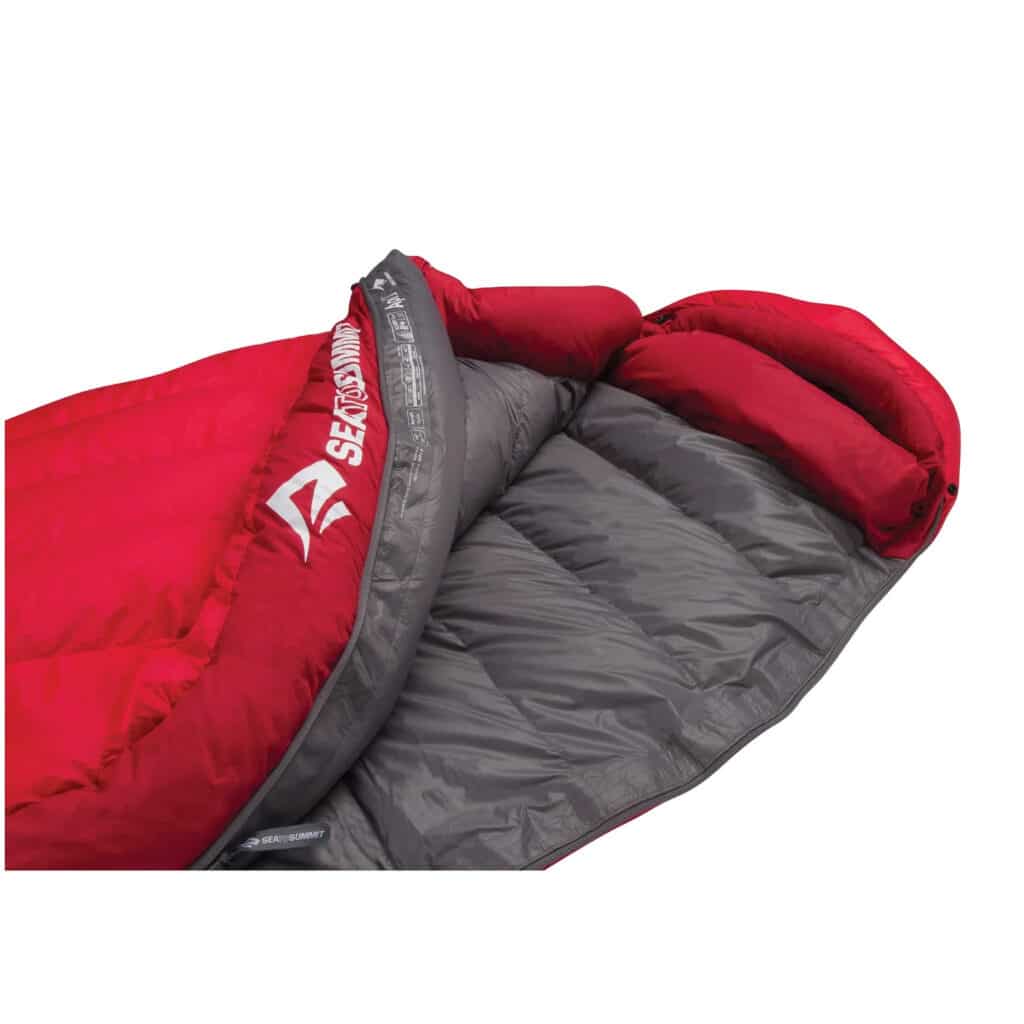
BCF
With stores across the country, BCF is a go-to for outdoor gear. Their Outrack Duck Down Bag is perfect for cold weather camping with a −9.1 °C rating—and often available at steep discounts (as low as $199).
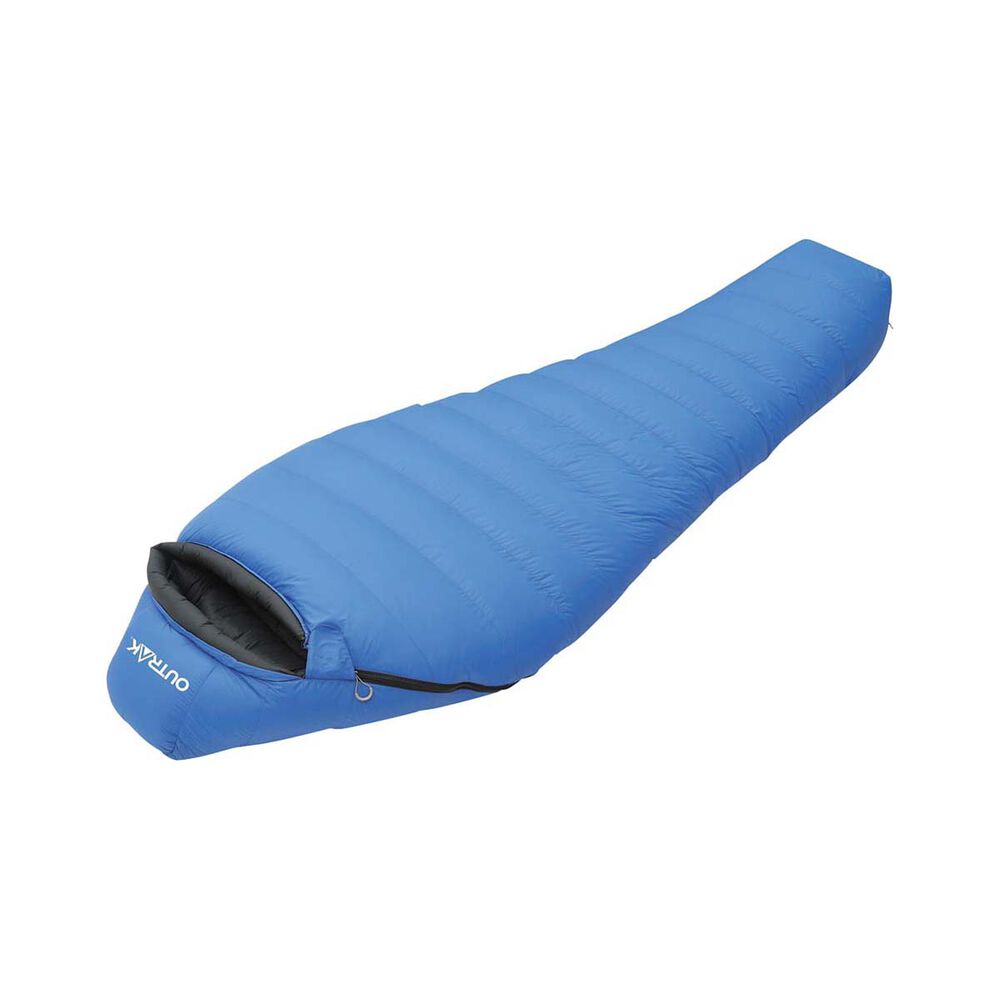
Premium vs Budget Sleeping Bags
It’s true that premium sleeping bags can be a hefty investment—but for good reason. High-end bags offer better insulation, lighter weight, improved packability, and more durable materials. If you’re venturing into harsh climates or hiking deep into the bush, a quality bag is essential. On the other hand, if you’re planning a few family trips a year in fair weather, a budget option might do just fine.
Frequently Asked Questions (FAQ)
What’s the difference between down and synthetic sleeping bags?
Down is lighter and warmer for its weight but performs poorly when wet. Synthetic is heavier but keeps you warm in damp conditions.
Which temperature rating do I need for Australian camping?
Summer campers should aim for comfort ratings of 5–10 °C, while winter adventurers should go for 0 °C or lower.
Are mummy bags better for cold nights?
Yes. Their snug shape helps retain body heat and block drafts, making them the best option for cold-weather camping.
How do I care for my sleeping bag to extend its lifespan?
Store it loosely in a breathable bag, avoid long-term compression, and spot clean when necessary. Always follow the care instructions on the label.
Final Thoughts
A good sleeping bag can make or break a trip—especially in unpredictable Australian conditions. Whether you’re heading into the outback, setting up camp by the beach, or planning a snow-capped hike, having the right bag is key to staying warm, comfortable, and safe. Do your research, consider your trip’s demands, and don’t be afraid to invest in quality if your adventures take you far off the beaten track. Happy adventuring!
